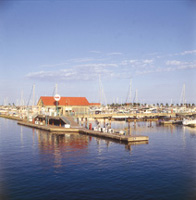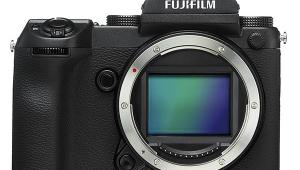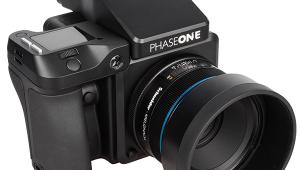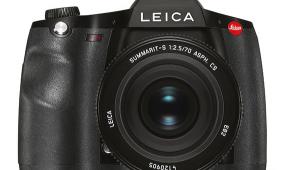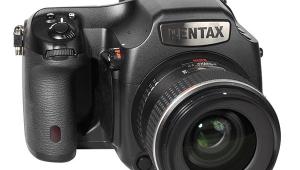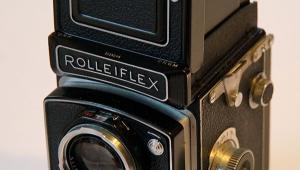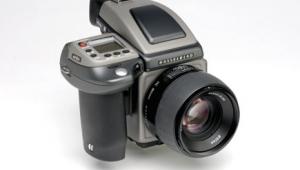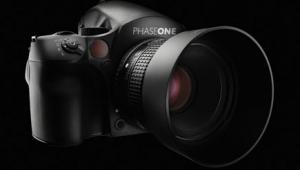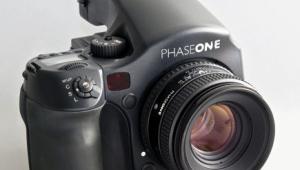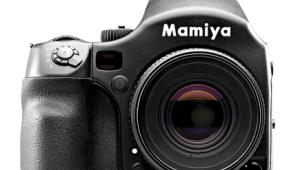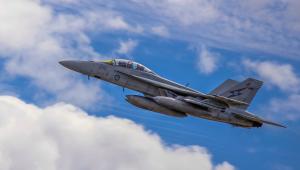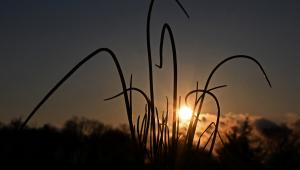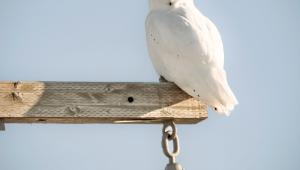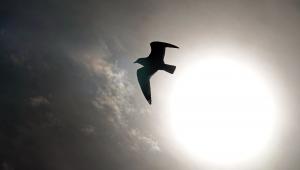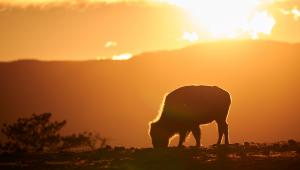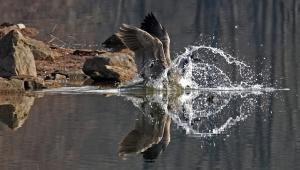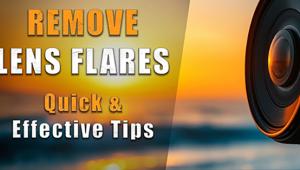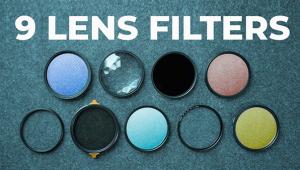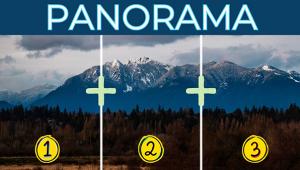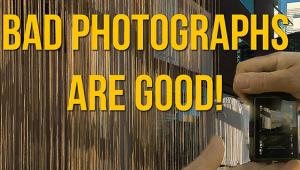Seagul 4A 105 And 4A 107 TLR Cameras
|
If you've been wondering about which medium format cameras would be a good choice for students and other struggling photographers, the answer today would indeed be one of the Seagull twin lens reflex models imported by Phoenix Corporation. Seagull TLRs have been around for a long time in various forms, but the new 4A series includes some nice touches. One is a rapid wind crank that advances the film when turned forward and cocks the shutter when rotated backward. Also, once the start arrow on a loaded roll is lined up with reference marks in the body, the advance system automatically stops at the first frame and displays it, and subsequent numbers, via a mechanical counter. Unlike the knob-operated film winding of previous models, this design prevents accidental double exposures and does away with the need to line up frame numbers in a red window on the camera back. OpticsViewing and focusing are done on a screen with a built-in Fresnel lens and split-image center spot. The viewed image, the same size as that produced on film, is seen right-side-up but reversed left-to-right because of the physics involved, but you soon get used to it. Both models use a three-element 75mm f/2.8 viewing lens for a bright image, but the coarseness of the screen makes focusing on fine detail somewhat difficult and the pop-up magnifier all the more appreciated. While this is a camera review and not a photo lesson, I must point out that an advantage of any TLR is continuous viewing--unlike an SLR, the viewfinder does not black out at the moment of exposure. |
||||
Aperture/Shutter Speed Range |
||||
Multi-Exposure & Parallax Both models worked well overall, but remember that the low price is made possible partly by abbreviated quality control. One had a misaligned back locking lever that needed help from my thumb with each film change, and another had a focusing scale that did not agree with visual focus. However, my real gripe is the need for hard-to-find 34.5mm filters. While adapter rings can be used to step-up the lens to accept, say, 49mm filters, they will block the shutter and aperture scales, and be annoyingly visible in the viewfinder. A simpler approach is to carefully hold a filter in front of the lens, but not touching it, during exposure. |
||||
The Seagull line has long been respected for its impressive optical performance, and the 4A-105 and 4A-107 continue this tradition. Those wanting to keep cost to an absolute minimum should consider the basic Seagull 4B (not received in time for this review), minus the rapid wind crank and a few other niceties, or, going in the opposite direction, the 4A-107G Limited Collector's Edition with handsome gold-plated trim. All are viable choices for anyone interested in trying the 6x6cm format without breaking the bank. For more information, contact Phoenix Corporation of America at (516) 764-5890; fax: (516) 764-5970; www.phoenixcorp.com. |
||||
Technical Specifications |
- Log in or register to post comments


